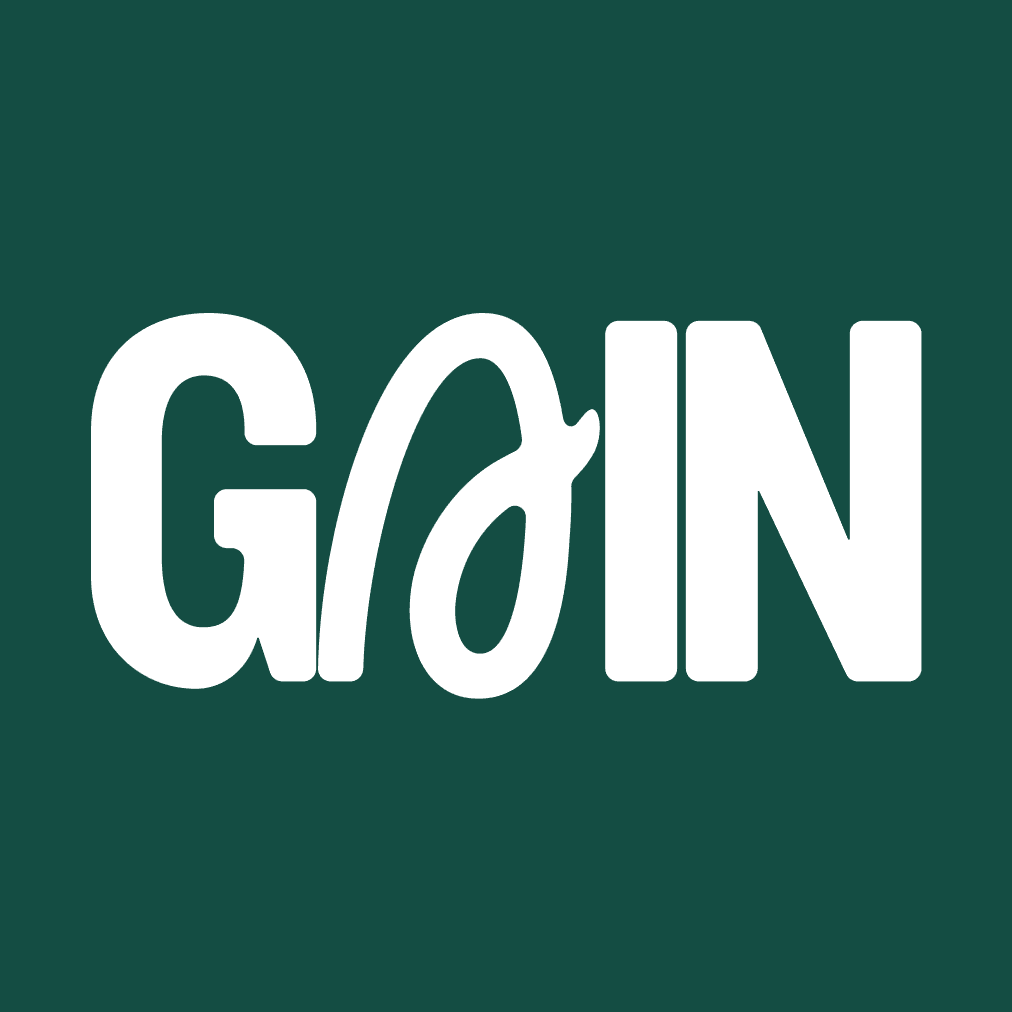Neil
Overview
The world once ran on ledgers, ink, and trust,
But paper cracks when markets move too fast.
Now value seeks a chain, escape from dust,
Yet token dreams need rails that truly last.
To stake is still to lock, to sit and not scale,
While assets sleep, their power is left unused.
But restaking breaks free from that old tale,
A trustful loop where risk is not abused.
Let bonds and treasuries now safely flow,
Across the chains where builders build in kind.
For Kernel lays the base all blocks must know,
Where slashing guards and middleware align.
So let the old world digitize its weight,
With restaked roots, we redefine the state.
Imagine trying to run a bullet train on wooden tracks.
That’s what scaling Real-World Assets (RWAs) onchain often looks like today — high-speed potential, but infrastructure that’s not yet built to handle the velocity, scale, and stakes of traditional finance.
RWAs promise to unlock trillions in global value. Boston Consulting Group estimates the market for tokenized RWAs could reach $16T by 2030, and some estimates go up to $30T+. From U.S. treasuries and equities to real estate and invoices, the world is slowly putting paper-based value into programmable form.
But tokenization alone doesn’t make DeFi ready. Without scalable security, verifiable data, and risk-aware infrastructure, the foundation crumbles.
That’s where restaking comes in and this is why KernelDAO believes it could be the missing piece to unlock safer and more composable RWA markets.
Restaking Turns Idle Trust into Programmable Infrastructure
To understand restaking, think of capital as electricity. In traditional staking, you plug that electricity into one device; a single chain, a validator, a use case. Once it is staked, it is stuck.
Restaking acts more like a power grid. It lets you redirect that electricity across multiple devices securing not just chains, but also middleware, oracles, bridges, and even RWAs.
Restaking allows staked assets to be reused as economic security across multiple protocols. KernelDAO extends this idea across 10+ chains, including Ethereum, BNB Chain, and BTC-based assets.
By turning passive capital into an active security layer, restaking makes trust portable, programmable, and composable, which is a fundamental requirement for RWAs that span chains, jurisdictions, and risk layers.
RWAs Are Stuck at the Station
RWA protocols today face four invisible bottlenecks:
Asset verification — How do we trust that the token matches the real-world asset?
Cross-chain liquidity — RWAs live on multiple chains; most restaking infra doesn’t.
Middleware risk — Oracles, pricing feeds, custody attestations need credible slashing mechanisms.
Capital efficiency — Institutions want rewards + safety, not idle lock-ups.
As a result, most RWA protocols are stuck rebuilding core infrastructure rather than focusing on the assets themselves.
Even large moves like BlackRock tokenizing $300M+ in treasuries on Ethereum rely on soft trust, not on on-chain slashing or economic guarantees.
Kernel Is Is The Security Stack for On-chain Real-World Finance
KernelDAO is building the infrastructure that RWA protocols can rest on, not compete with.
Cross-Chain Security
RWAs are deployed across L2s, app-chains, and emerging ecosystems. Kernel provides multi-chain restaking, ensuring consistent security across chains.
Rewards-Backed Infrastructure
Via Gain and Kelp, restaked assets aren’t just securing systems, in fact, they’re earning returns. RWAs can plug into this loop to attract capital while borrowing security.
Consequently RWA protocols get trust-as-a-service, not security built from scratch.
RWA Builders Don’t Want to Be Infra Engineers
Tokenizing a treasury bill should not require a startup to build its own validator set, its own oracle network and its own trust model.
With restaking, these components become modular.
With Kernel, they become economically secure.
As projects like Centrifuge, Maple Finance, and Backed Finance work to bring bonds, credit, and public equities on-chain; restaking allows them to plug into ready-made security primitives.
We stop reinventing the wheel.
We start composing better roads.
Facts To Refigure
RWAs are projected to hit $16T–$30T in tokenized value by 2030
Most current infra is insufficient; too siloed, too soft, too static
Restaking turns capital into modular security
KernelDAO provides the multi-chain trust layer RWA protocols can build on
Safer and more scalable RWA markets begin with programmable trust
Accepting The Inevitable
You can’t scale real-world finance on imaginary rails. Restaking, done right, offers something rare, i.e. a base layer that works both for tokens and treasuries, for reward and guarantees.
At KernelDAO, we’re building the tracks before the train arrives.
Join us as we rebuild the financial stack, one restake at a time.
Sign up for more interesting blogs & updates




